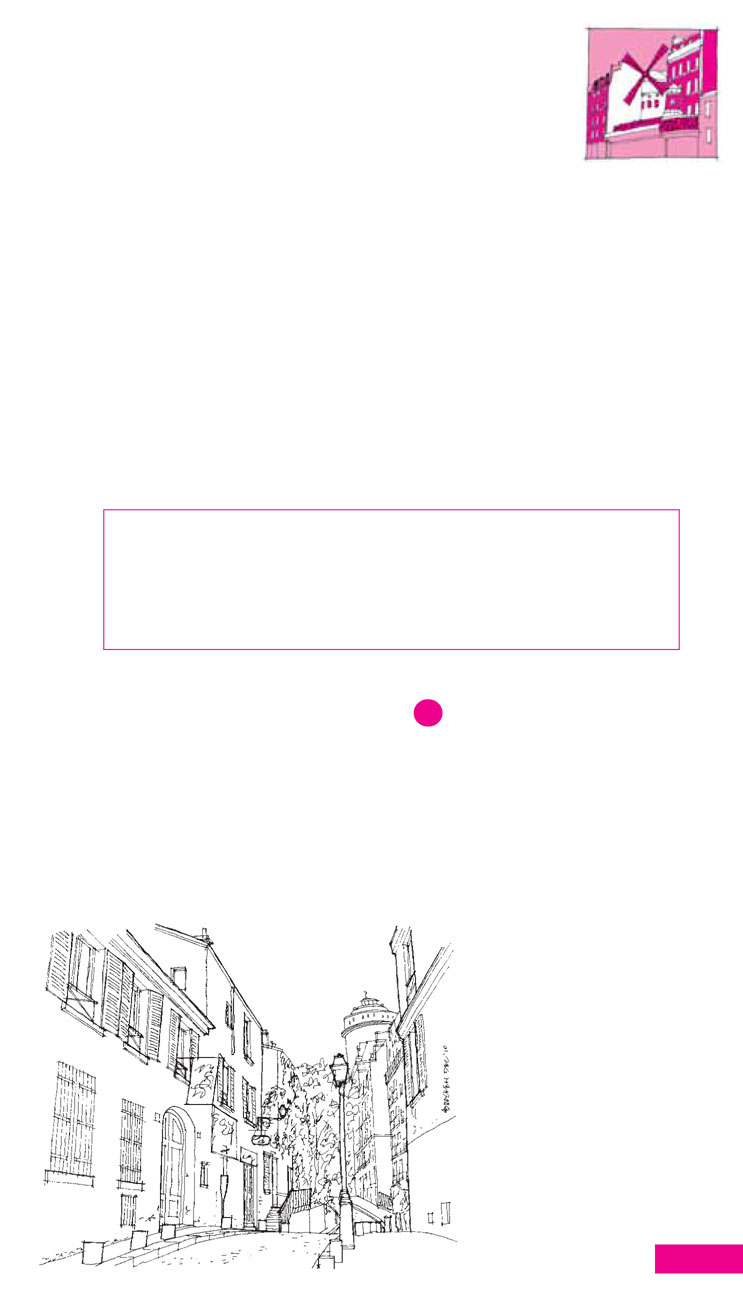back as 1793. This was popular with Russian Cossacks at the time of Napoleon’s defeat in 1814.
Later, in 1920, the house at No. 21 was the headquarters of the ‘Free Commune’, founded to perpetuate the area’s Bohemian spirit – as if it needed any help. It is now an
information centre on Montmartre. The Espace Dali Montmartre is located just off Place du Tertre, at No. 11 rue Poulbot. Simply follow the signs to this small museum which is home to 330 works by the Surrealist painter and sculptor. Its dark interior sets off to great effect the often bizarre nature of his work, the dramatic effect of which is further underscored by recordings of the artist’s voice. The museum also contains a library.
Espace Dali Montmartre
Did You Know?
The word ‘bistro’ for restaurant (which is sometimes also spelled ‘bistrot’) comes from the Russian word for ‘quick’ and dates from the time in 1814 when Russian soldiers swarmed into the city after Napoleon’s defeat and used to bang on tables and shout it to get service.
5
Return to rue du Mont-Cenis and turn left. Turn left again onto rue Cortot and the Musée de Montmartre will be on your right at No. 12. This fascinating museum tells the story of Montmartre from the days of the Abbey of St-Pierre de Montmartre right up to the present, with documents, drawings, photographs and other artefacts.
One of the finest houses in the area, it was the 17th-century home of the actor Roze de Rosimond (Claude de la Rose), a member of Molière’s company who died, like Molière, during a stage performance of Molière’s play Le Malade Imaginaire (The Hypochondriac). From 1875 it was used as a studio and living space by a number of artists, including Raoul Dufy and Pierre-Auguste Renoir. Maurice Utrillo also
Musée de Montmartre
Montmartre
195

